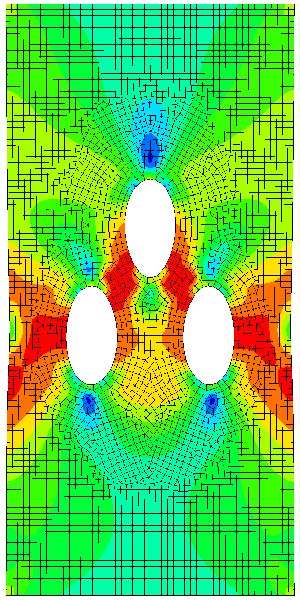The application of machine learning creates new material models that can be used to design structures more safely and sustainably.

Over the past three years, EMI has been involved in the “AIMM” (Artificial Intelligence for Material Models) research project. Together with partners from industry and research, we have been working on the development of new types of material models.
Novel material models trained with test data
Put simply, a material model describes the behavior of a material under mechanical loading by providing the stress in the material for a given strain. Classical models are based on an analytical description and are calibrated using parameters derived from tests. In contrast, the new models learn the material behavior directly from test data using machine learning (ML) methods. This is intended to simplify the modeling of material behavior, which contributes to shorter development times and lower costs in vehicle development.
Optimized test specimens
This new approach to modelling also requires new concepts for material characterization. Conventional tests aim to generate precisely defined loading conditions in test specimens, from which the parameters for the models can be determined. In contrast, the new ML models require a large number of different states in a test specimen in order to provide a sufficient database for training. EMI has therefore developed optimized test specimens that can be used for the experimental determination of training data.
Missing stresses
One problem that arises when training with test data is the fact that mechanical stresses cannot be measured directly in tests. However, in order to be able to train the ML models, they must be told whether their predicted stress is correct or not. Together with the project partners, EMI has developed a method that can be used to train the models without having to know the stresses that occur in the physical tests. This is based on the fact that there is a force equilibrium at every point of a specimen at all times, which would be violated if the prediction of the material model were incorrect.
The AIMM project has made important progress in the field of ML material models, which will advance their future use.
